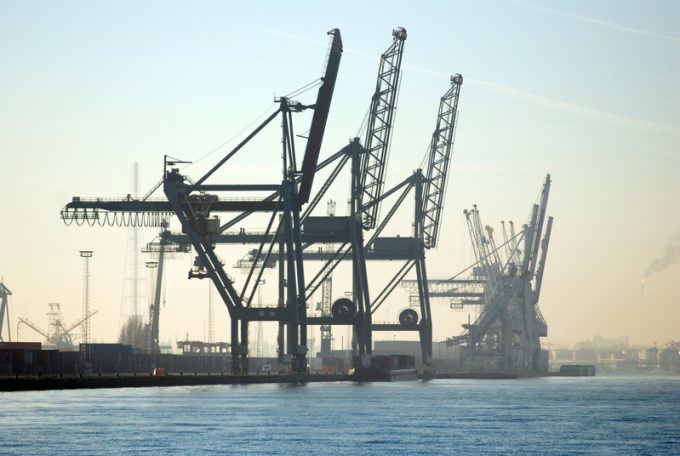CMA CGM eyes HPH sale after Ceva shines in a 'stable' second quarter
CMA CGM has expressed interest in the Hutchison Port Holdings (HPH) sale in a bid ...

Annual contract negotiations for container shipping freight rates between Asia and North Europe are “progressing well”, according to one carrier source.
Some early deals have been done showing a 10% mark-up on current rates.
Meanwhile, spot rates remained stable this week, with the Asia-North Europe component of ...

Comment on this article